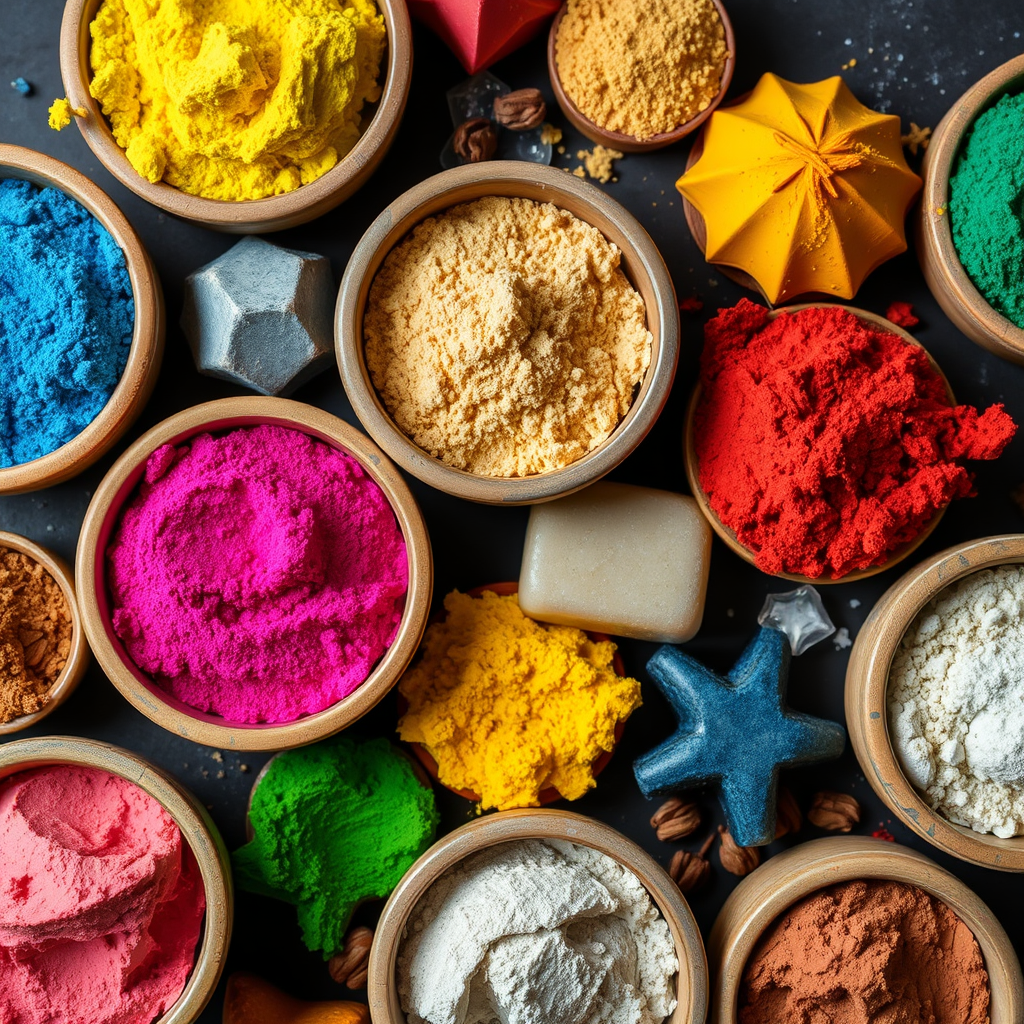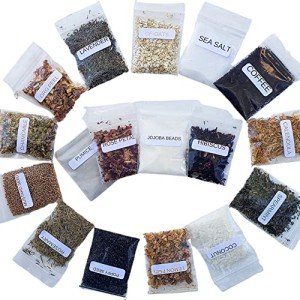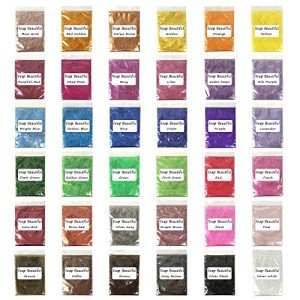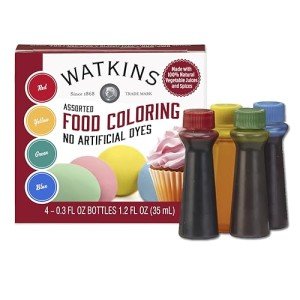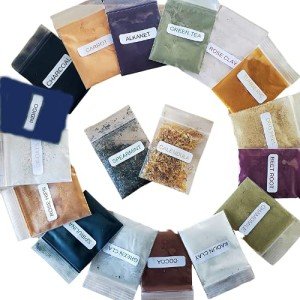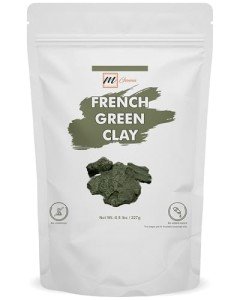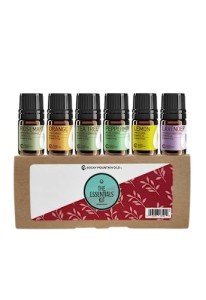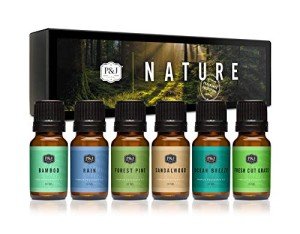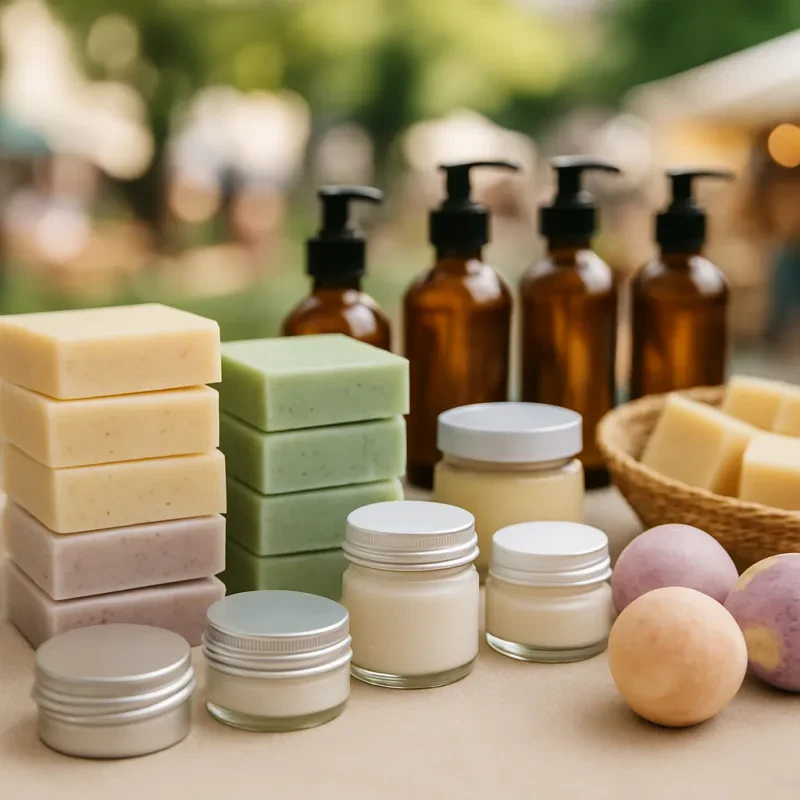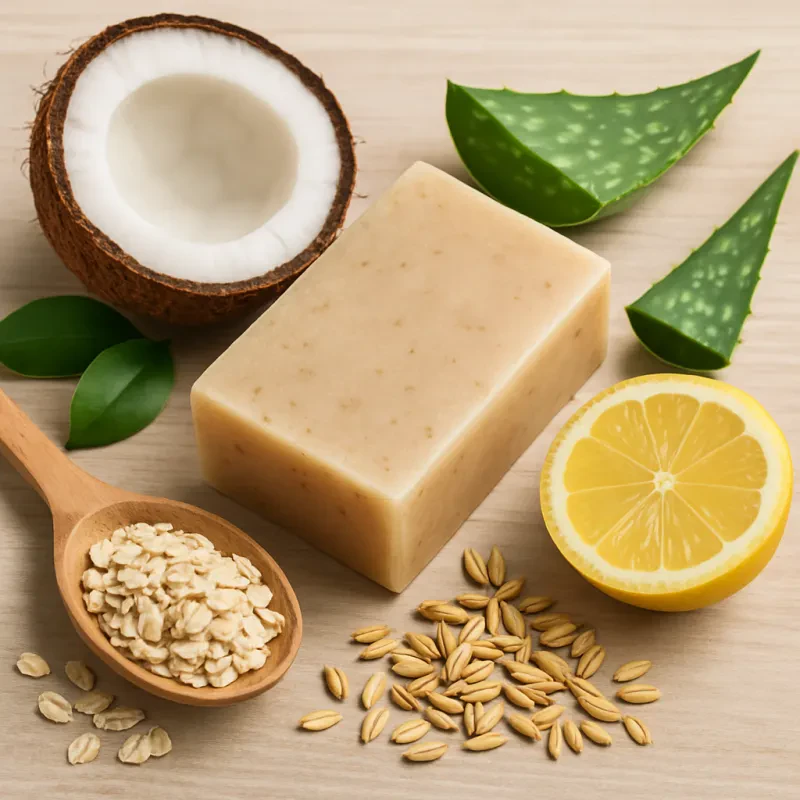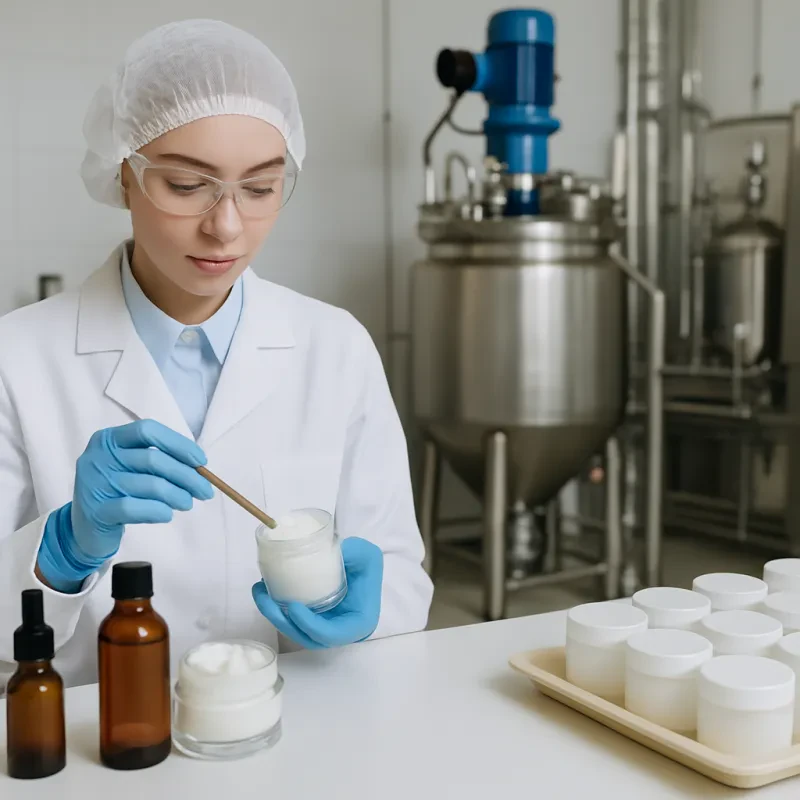One of the most exciting aspects of melt and pour soap making is the ability to personalize your creations with a variety of additives. Whether you're making soap for yourself, as a gift, or for a small business, adding the right exfoliants, colors, and scents can take your soap-making skills to the next level. These additives not only enhance the visual appeal but also improve the texture, therapeutic benefits, and overall user experience of the soap.
In this article, we’ll explore the top creative additives for melt and pour soap, including exfoliants, colorants, and fragrance options, to help you create soaps that are both functional and aesthetically pleasing.
1. Exfoliants: Scrub Your Way to Soft Skin
Exfoliating soaps are highly popular because they help remove dead skin cells, leaving your skin smooth and refreshed. Incorporating exfoliants into your melt and pour soap adds both texture and skin benefits. Here are some of the best exfoliants you can add to your soap base:
Oatmeal
Oatmeal is one of the most gentle exfoliants and is perfect for sensitive skin. It has soothing, anti-inflammatory properties and can help calm skin irritation and redness. Ground oats or whole oats can be added to your soap for a gentle scrub, and it also imparts a soft, creamy texture to your soap.
- Best for: Sensitive skin, soothing, and moisturizing.
- How to use: Add ground oats or whole oats to the melted soap base, stirring gently to distribute evenly.
Coffee Grounds
Coffee grounds are a popular exfoliant that provides a coarser scrub, making them ideal for more thorough exfoliation. They are also packed with antioxidants and can help improve circulation, making them a perfect addition to your morning shower routine.
- Best for: Oily skin, body scrubs, and invigorating morning soaps.
- How to use: Stir in finely ground coffee after melting your soap base for a rich, energizing scrub.
Natural Dried Exfoliants Kit for Soap & Crafts
Create refreshing and soothing soaps with our all-natural dried exfoliants, perfect for adding texture and beauty to your homemade creations
Product information
$26.99
Product links
Sea Salt
Sea salt is another fantastic exfoliant that’s perfect for a deep scrub. It’s a natural detoxifier that can help draw out impurities from the skin. Salt scrubs are great for body bars, and they provide a natural, invigorating scrub while also being rich in minerals.
- Best for: Deep exfoliation, oily skin, detoxification.
- How to use: Add sea salt directly to the melted soap base, but be careful not to add too much, as it can cause the soap to become too abrasive.
Poppy Seeds
Poppy seeds provide a gentle exfoliation with a visually interesting speckled appearance. They’re mild enough for all skin types and add a playful texture to the soap.
- Best for: Gentle exfoliation, aesthetic appeal.
- How to use: Mix poppy seeds into your melted soap base before pouring into molds.
Sugar
Sugar is a gentle and effective exfoliant that’s great for sensitive skin. It’s often used in facial soaps or hand scrubs because of its smooth texture and natural humectant properties, which help the skin retain moisture.
- Best for: Gentle exfoliation, facial soaps, and moisturizing.
- How to use: Add sugar to the soap base while it's still warm, ensuring it dissolves properly to avoid gritty soap.
2. Colors: Bring Your Soaps to Life
Coloring your soap adds a fun, creative dimension and makes your soaps more eye-catching. There are various ways to introduce colors into your melt and pour soaps. Here are some options to explore:
Mica Powders
Mica powders are the go-to colorant for many soap makers because they offer vibrant, shimmering colors. They come in a wide range of hues, from pastel to bold, and can give your soaps a beautiful, iridescent finish. Mica powders work well for creating marbled, swirled, or layered designs.
- Best for: Bold, shimmering colors, swirls, and decorative effects.
- How to use: Add a small amount of mica powder to your melted soap base and stir thoroughly. Use a little at a time until you achieve the desired color.
Mica Powder Set for Soap and Cosmetics Making
Add a splash of color to your handmade soaps and cosmetics with this vibrant mica powder set
Product information
Product links
Liquid Soap Dyes
Liquid soap dyes are perfect for clear or translucent soaps, like glycerin soap. They create rich, deep colors and are easy to use. Just add a few drops to the melted soap base, and you’ll have a vibrant, well-blended color.
- Best for: Clear soaps, vibrant and bold colors.
- How to use: Add a few drops at a time until the desired color is achieved.
Watkins Food Coloring Set: Red, Yellow, Green, Blue
Brighten your creations with vibrant colors that are safe and easy to use
Product information
$7.58 $5.99
Product links
Natural Colorants
For a more natural approach, you can use plant-based or mineral colorants. These include powders like turmeric (yellow), spirulina (green), activated charcoal (black), and cocoa powder (brown). These natural additives can give your soap an earthy, organic vibe.
- Best for: Natural or organic-themed soaps, earthy colors.
- How to use: Mix natural colorants into your soap base. Be aware that natural colors may not be as vibrant as synthetic dyes.
Natural Soap Colorant Powder Sampler Kit
Add a splash of creativity to your soap making with our vibrant selection of natural colorant powders
Product information
$28.99
Product links
Clay
Clays, such as French green clay, rose clay, or bentonite clay, can be used to add color to your soap while providing skin benefits. Clay helps to purify and detoxify the skin, and it adds a silky texture to your soap. Clays work well in facial soaps or any soap designed for sensitive skin.
- Best for: Skin care benefits, natural colorants.
- How to use: Add powdered clay directly to the melted soap base and mix until fully incorporated.
French Green Clay Powder for Soap and Skincare
Elevate your skincare routine with this versatile and nourishing clay powder
Product information
$7.99
Product links
3. Scents: Add Fragrance for a Sensory Experience
Fragrance is one of the most important aspects of soap making. The right scent can elevate your soap and turn a simple wash into a relaxing, spa-like experience. There are two main types of fragrance options to consider: essential oils and fragrance oils.
Essential Oils
Essential oils are natural oils extracted from plants, flowers, fruits, or herbs. They offer therapeutic benefits, with each oil bringing its own unique properties. For example, lavender essential oil is calming, peppermint is refreshing, and tea tree oil is antibacterial. Essential oils are a great choice for making soap that’s both aromatic and beneficial for the skin.
- Best for: Aromatherapy, natural fragrances, therapeutic benefits.
- How to use: Add 1–2 teaspoons per pound of soap base. Stir well to distribute the scent evenly.
Essential Oils Set: Lavender, Lemon, Orange, Peppermint, Tea Tree, Rosemary
Elevate your DIY creations with these aromatic essential oils that add natural fragrance and therapeutic benefits
Product information
Product links
Fragrance Oils
Fragrance oils are synthetic or blended oils that provide a wider variety of scents than essential oils. These can range from floral and fruity to exotic and woodsy. Fragrance oils tend to last longer in soaps than essential oils and are generally more affordable, making them a great option if you're experimenting with different scent combinations.
- Best for: Stronger, long-lasting scents, a variety of fragrance options.
- How to use: Add 1–2 teaspoons per pound of soap base, adjusting the quantity depending on the strength of the fragrance oil.
Nature-Inspired Set of 6 Fragrance Oils
Unlock your creativity with a delightful range of scents perfect for your soap and cosmetic creations
Product information
$16.99
Product links
Herbal and Floral Additions
Dried herbs and flowers are not just decorative—they also contribute their own subtle fragrance to the soap. Lavender, chamomile, rose petals, and calendula flowers can be added to your soap to enhance both the scent and the visual appeal.
- Best for: Adding natural scents, a decorative touch.
- How to use: Sprinkle dried flowers and herbs into your soap mold or mix them into the melted soap base.
Tips for Adding Exfoliants, Colors, and Scents
- Mix Additives Carefully: When adding exfoliants like oatmeal, coffee grounds, or sugar, mix them gently into the soap base to avoid clumping or uneven distribution.
- Test Colors First: If you’re using new colorants, test them with a small batch of soap to see how the colors develop once they cool.
- Avoid Overdoing Scents: Some fragrance oils and essential oils can be quite strong. Start with smaller amounts and add more if needed, especially with essential oils, to avoid overwhelming the soap with scent.
- Layer and Swirl: To get creative, layer different colors or add swirls using a skewer or spoon to create unique designs. Add exfoliants in different layers for added texture.
Conclusion
By adding exfoliants, colors, and scents to your melt and pour soap, you can create truly personalized, beautiful bars that are as fun to make as they are to use. Whether you're aiming for a luxurious, therapeutic soap or a colorful, artistic piece, the possibilities are endless. Experiment with different combinations of these additives to find what works best for you—and enjoy the process of crafting soaps that are both functional and gorgeous. Happy soap making!
